
You might think, if you’re at all interested in Sennheiser headphones, that this latest pair of wireless headphones from the brand are a direct sequel to the Momentum 4 ANC headphones. In fact, you’d be mistaken — the HDB 630 pull from the naming convention of the traditionally wired audiophile line of HD headphones. It’s all a part of a plan to make the whole Sennheiser line easier to deconstruct and navigate. I don’t mind it, and it will definitely make it easier to tell some of these wireless options apart.
So — the headphones. The HDB 630 are wireless headphones aimed squarely at Sennheiser’s traditionally wired audiophile customer. The brand wants to prove that you don’t need different pairs of headphones for home and travel listening, just one pair that’s really good at both. To that end, the HDB 630 feature a wireless dongle for higher-quality portable audio, and a cable for more dedicated “plug into something” critical listening.
How has Sennheiser done? Well, we’ve already given them their 4.5-star score, so the end result should be pretty obvious. They’re a supremely comfortable pair of headphones that bring epic sound and solid ANC to the table, along with some great audiophile features like the aforementioned USB-C dongle. They’re not cheap, though — around $50 more than the competition — so they’ve got their work cut out for them if they want to top our list of the best headphones.
Find out how they fare in my full review.
Sennheiser HDB 630: Cheat sheet
- What is it? Sennheiser’s new wireless headphones with ANC
- Who is it for? Audiophiles looking for an on-the-go audio fix
- What does it cost? $499/£399
- What do we like? Excellent sound, their comfortable fit, and the range of audiophile features
- What don’t we like? They’re not cheap, and the touch controls are not great
Sennheiser HDB630: Specs
- Price $499/£399
- Connectivity Bluetooth 5.2
- ANC Yes
- Battery 60 hours (ANC on)
- Weight 0.68 pounds
- Dimensions 6.9 x 2.3 x 9.2 inches
- Colors Black
- Drivers 40mm
- Compatibility iOS, Android
- Frequency response 6Hz – 40kHz
Sennheiser HDB 630 review: Price and availability
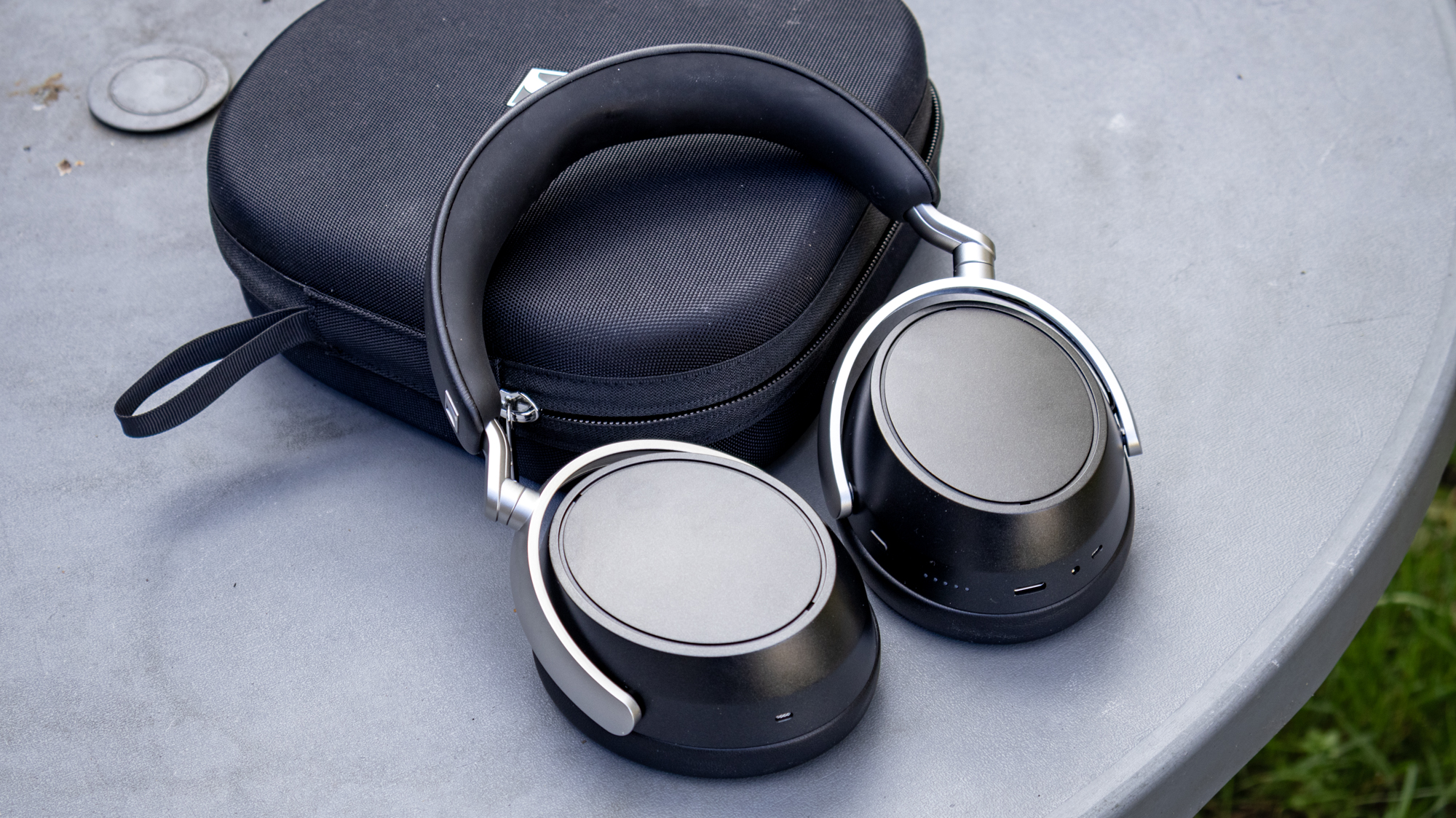
Look, I don’t like talking about tariffs and price rises in the U.S. as much as anyone, but they remain an issue if you’re looking to buy a pair of wireless headphones in 2025. The HDB 630 are a whole lot more expensive in the U.S. than they are in other territories, tipping the dollar scales at $499. That makes them more expensive than the Sennheiser Momentum 4, which these headphones replace.
It also makes them more expensive than their closest competitors. The Sony WH-1000XM6 are $50 cheaper, and the Bose QuietComfort Ultra Headphones Gen 2 are $40 less. Our current pick for the best headphones, the Bowers and Wilkins Px7 S3, also cost $50 less. That makes the job of the HDB 630 a whole lot harder — the competition is tough, and the price isn’t going to help them find an audience.
Buyers around the world, particularly Europe-bound customers, are going to have a far better time price-wise. In the U.K., for example, you’ll pay £399, making them around the same price as the competition. And you get some extra bonuses over those models too, like the USB dongle and excellent 60-hour battery life — a far more compelling buy.
You won’t have to worry about finding a pair, though — just head to Amazon, Best Buy, or the Sennheiser website to pick up a pair.
Sennheiser HDB 630 review: Build and design
- Handsome, simple headphones
- Incredible, if large, protective case
- Slightly rattly build
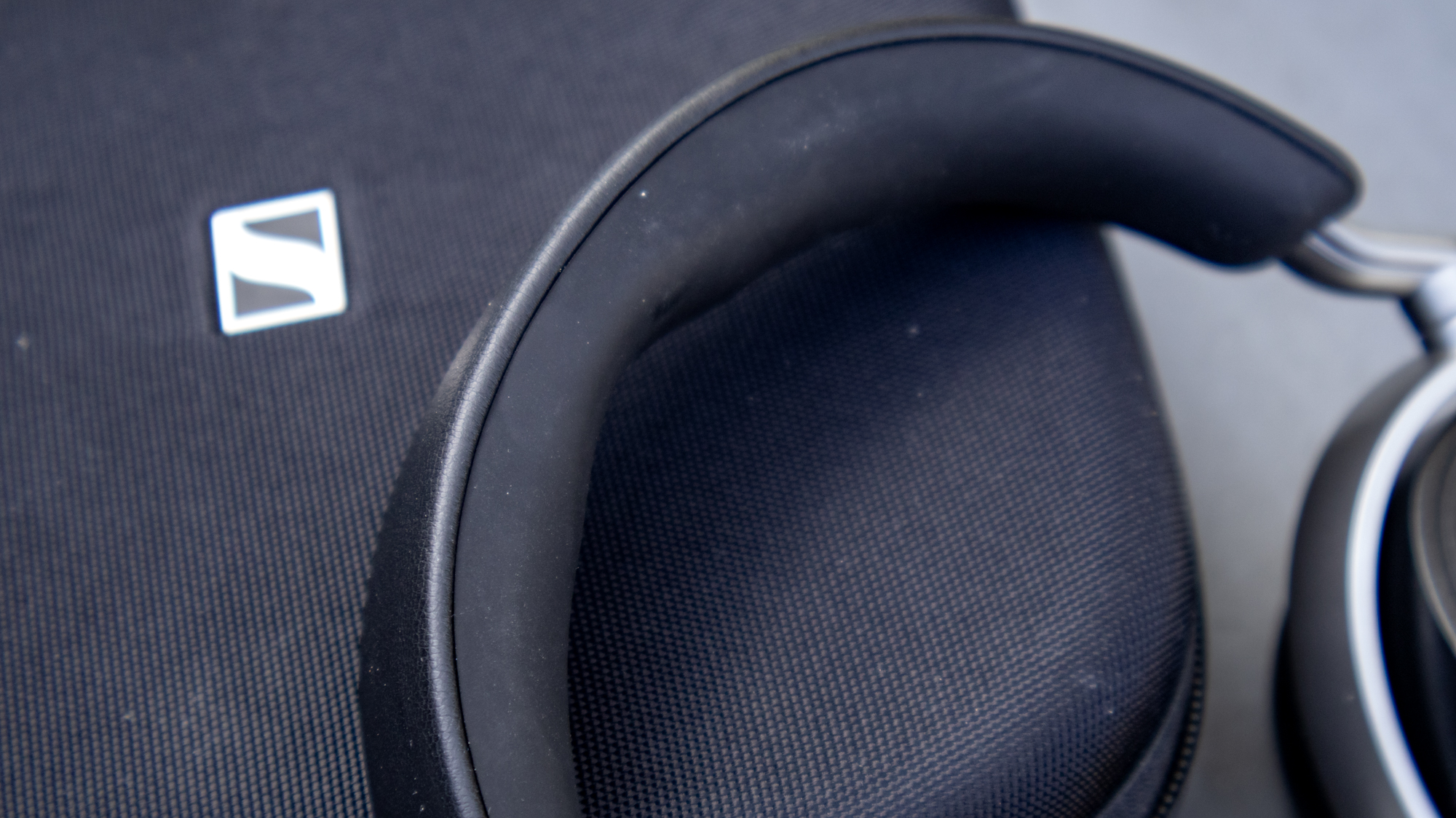
Sennheiser has a long history making headphones, so it’s no great wonder that the HDB 630 don’t do anything to rock the design boat. They’re a handsome, if fairly unremarkable-looking pair of headphones. They’ve retained some design queues from the Momentum line, like the oval earcups and large touch surfaces. They’re not as colorful as those that have come before, with one color option — black — so those looking for a colorful pair of headphones might want to look elsewhere for their next pair of over-ears.
I like the silver accents, but I’m not such a fan of the silicon headband coating. While it aids in the comfort of the headphones, it also collects grease and grime from every corner of the room within a femtosecond. That makes it look… less than stellar. Thankfully, it’s going to spend most of its up against your scalp so most people aren’t going to see it, but it’s an aesthetic foible that scrapes off some of their premium luster.
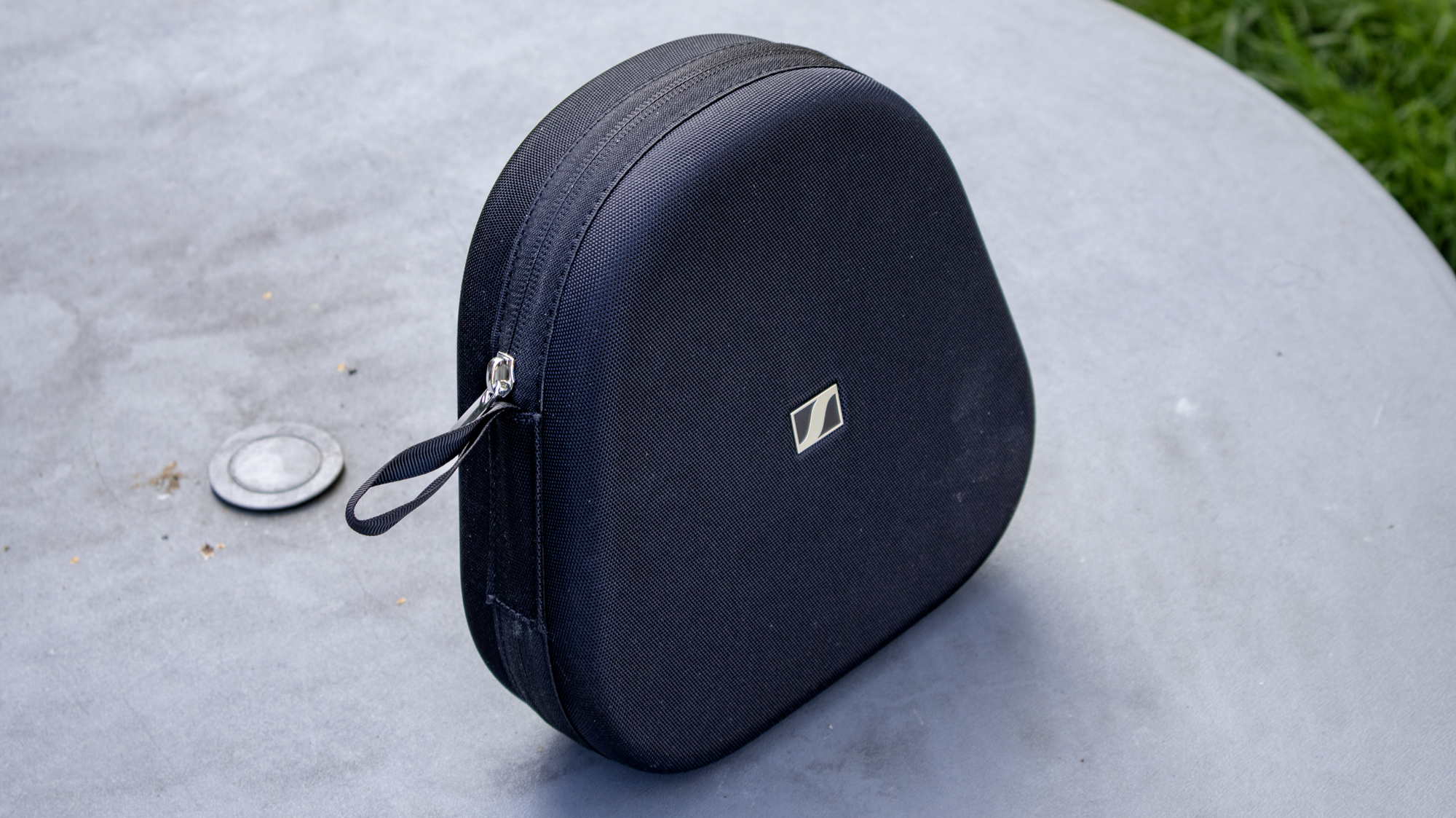
Another foible is the way that they’re built. To be perfectly clear, the build is still good. The plastics are nice, and everything feels sturdy. There is, however, some rattling when you pick the headphones up — more than you’d find with the competition. Considering their dollar price, it is slightly disappointing that they’re not rattle and creak free.
What’s not disappointing is the protective case — it’s about as good as they come. It’s slightly larger than the competition, but there’s space inside for the headphones to nestle down comfortably, and slots for all the cables and the all-important dongle. There’s even a small pocket that contains the manuals — although you can always pop some Jolly Ranchers in there. You know, for later.
Sennheiser HDB 630 review: Features
- No spatial audio
- Very customizable EQ, adaptive ANC, customizable controls…
- The Dongle
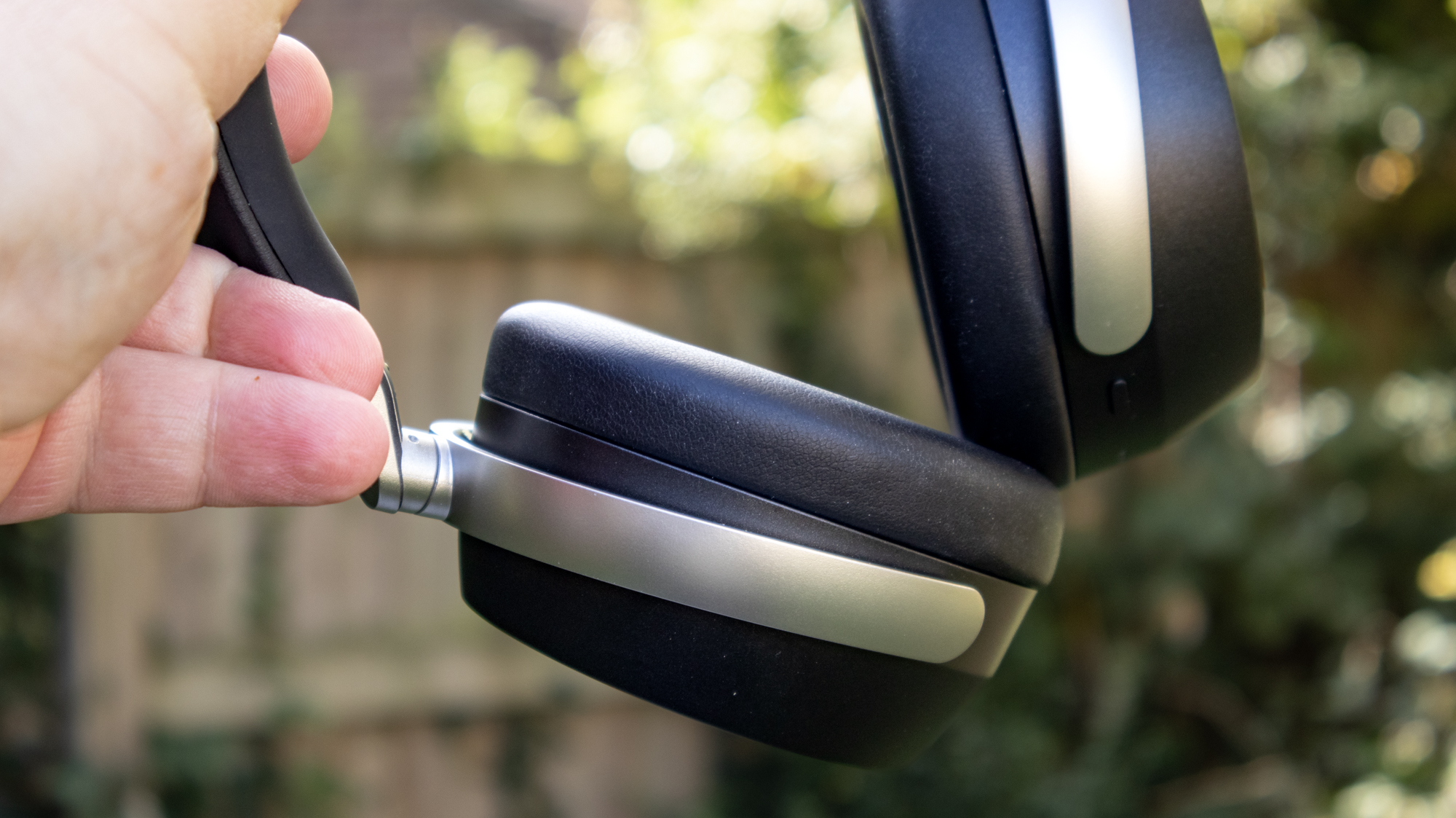
So, let’s start with what the HDB 630 don’t have — spatial audio. There’s no setting here that makes for a wider experience while artificially thinning out the sound. Oh no, such a great loss. No matter, the alternative here is much more up my street. It’s called “Crossfeed”, and it should be of interest to anyone who likes listening to their music over speakers.
Crossfeed blends the left and right channels to more closely emulate the kind of blending that happens with stereo speakers. After all, they’re placed much further away from your ears than headphones, and work better for older stereo and mono mixes. It works very well here, and in some cases can make for a more immersive listening experience. It’s not strictly “spatial audio,” but it does better place you in the music that you’re listening to. If you’re not a fan you can leave it off, or change it depending on different levels to increase and decrease the effect.
Beyond Crossfeed, there are other features on board the HDB 630. There’s a very useful, powerful, and intuitive EQ adjustment system, for example. There are levels here. You can choose between the expected presets, like Rock, Dance and Classical, but you can then dive in for more granular adjustment. Then there’s a parametric EQ for the real tuning nerds, along with a more standard EQ adjustment for those not ready to choose their own bands.
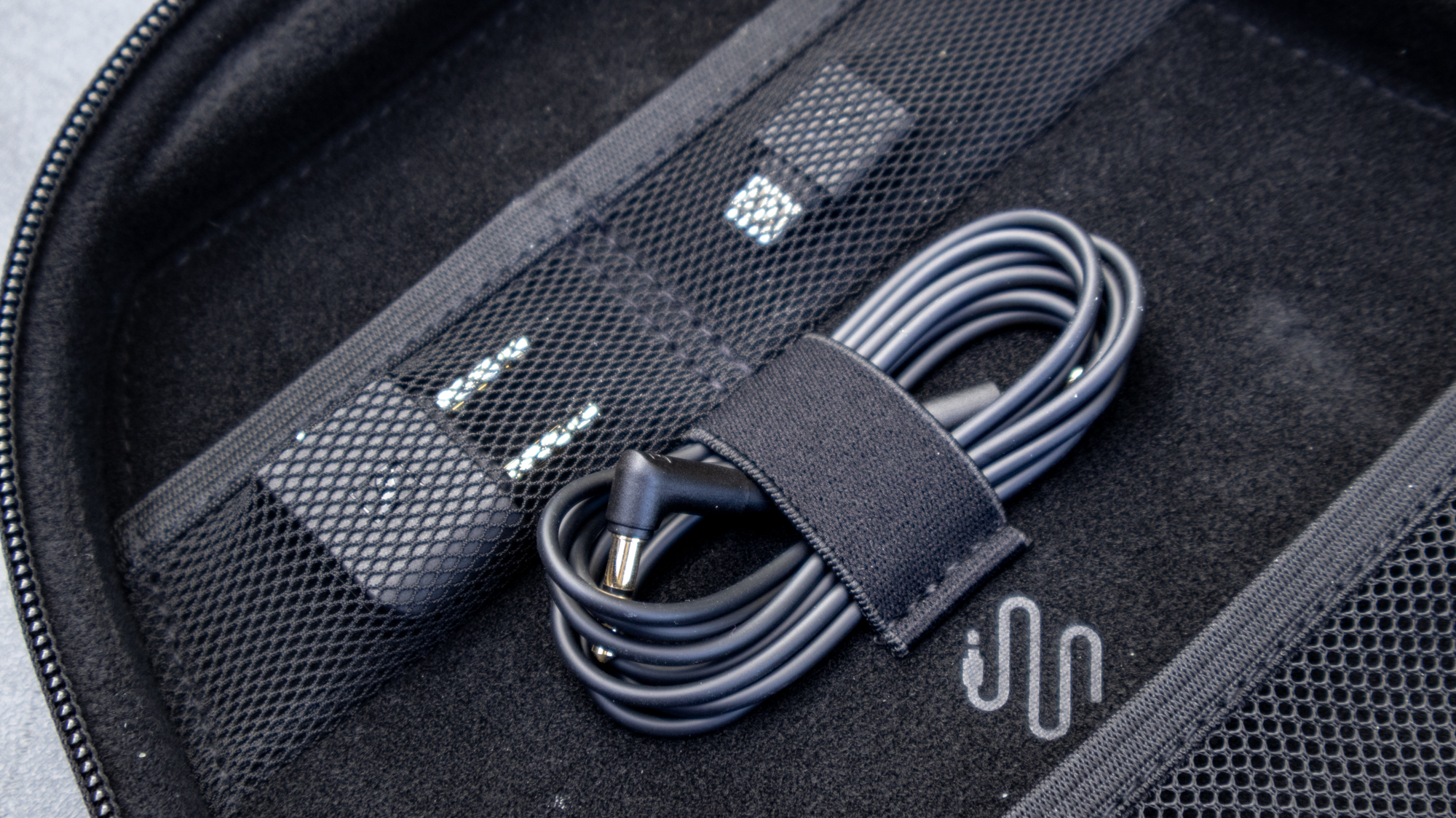
There’s the excellent Sennheiser app, which houses it all, where you’ll also find the adaptive ANC. You can set this to custom or adaptive — the latter will change depending on the noise of your surroundings, while the former is dictated by you, the listener.
I like using the custom setting and putting it “max” the entire time. Because when I actually want to block noise, I want to block all the noise. And when I don’t want to block noise, I’ll simply not wear my headphones.
Finally, there’s The Dongle. It’s actually called the BT 700, and it’s very clever indeed. See, the HDB 630 are designed to give you the best sound quality no matter what you’re plugged into — something that’s quite hard to do when you’re not using Aptx adaptive, or any other measure of high-quality codec.
Alas, not every handset supports high-quality codecs, so if you want the best quality over…
